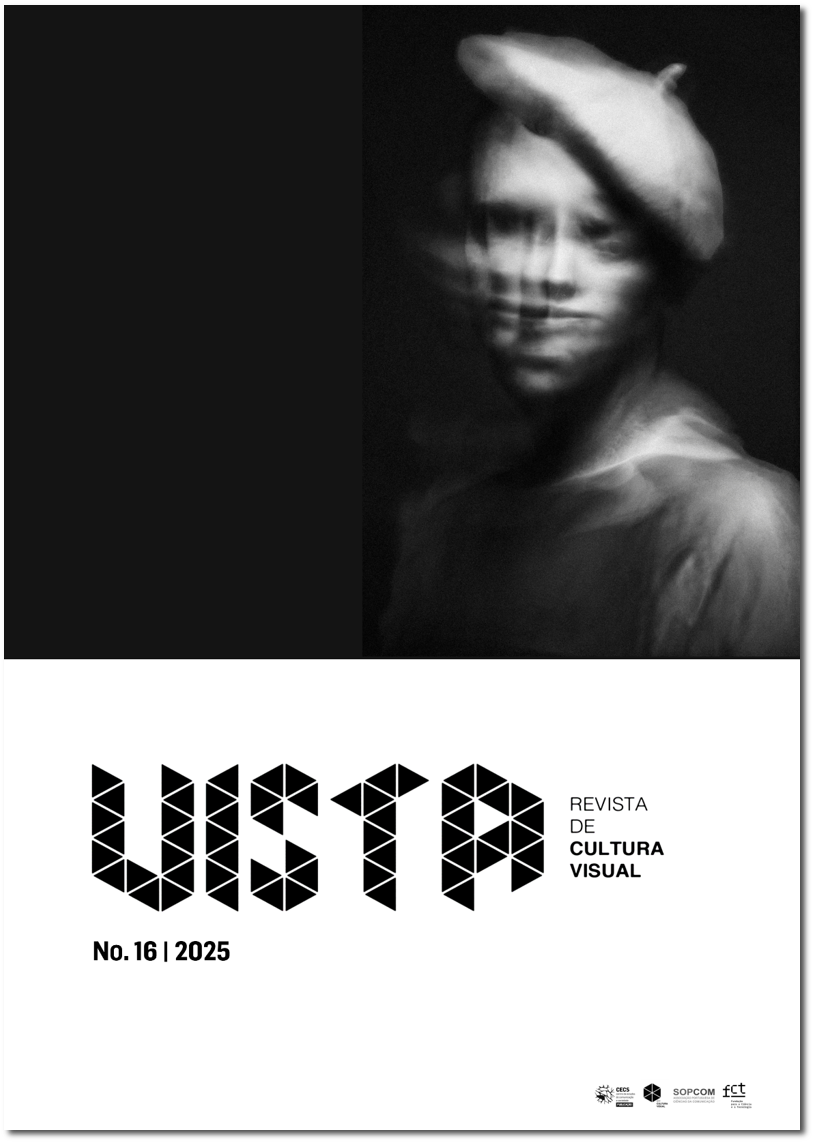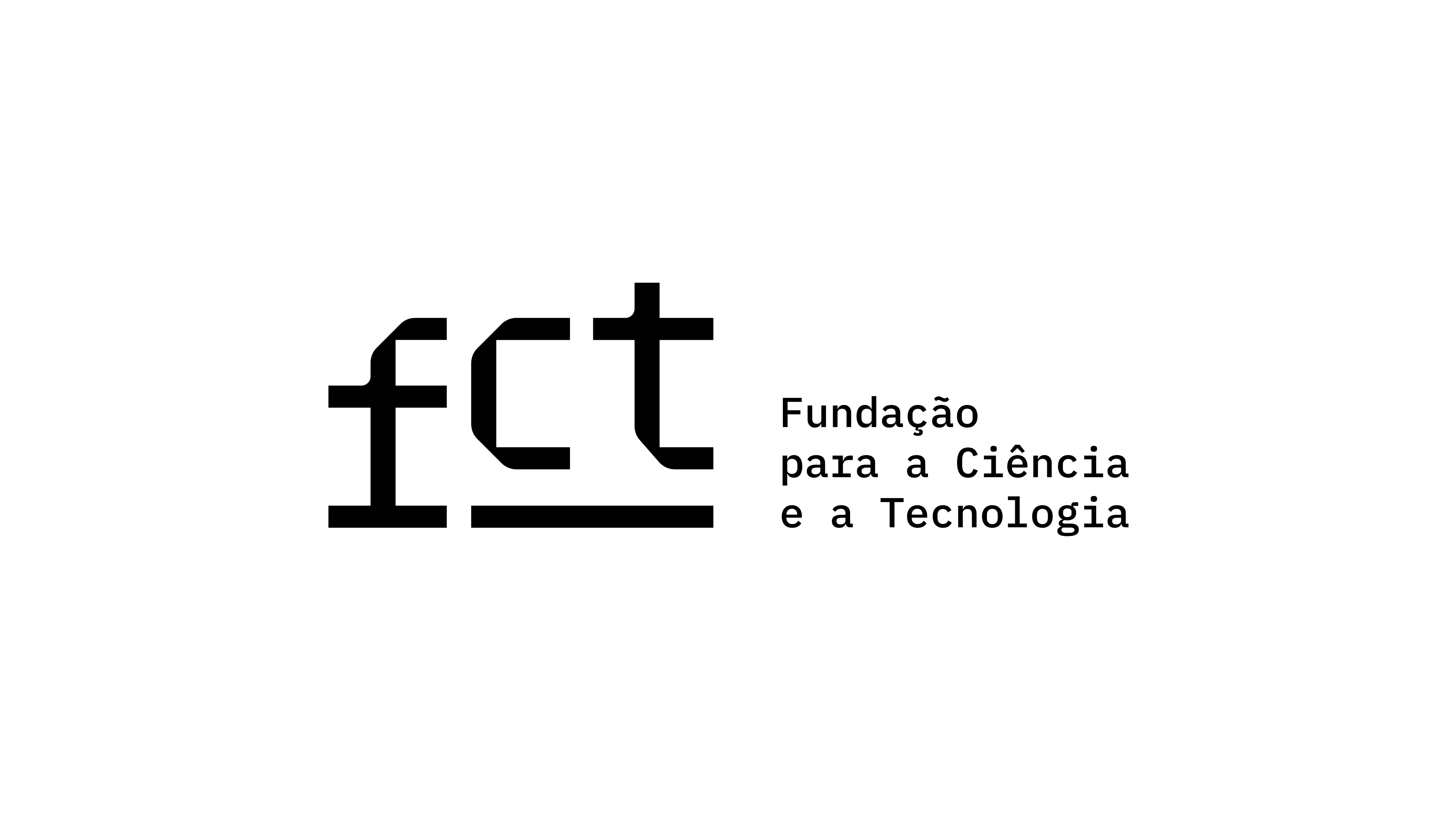Photography as Resistance: Between Imprisonment and Freedom in Kiana Hayeri
DOI:
https://doi.org/10.21814/vista.6520Keywords:
Kiana Hayeri, photography, narratives, power relationsAbstract
This article presents a critical analysis of six photographs by the Iranian-Canadian artist Kiana Hayeri, whose documentary work focuses on the representation of women in contexts of sociopolitical vulnerability in Afghanistan. Particular analytical attention is given to two of these: one portrays women in conditions of incarceration, while the other depicts a group of women lined up to receive humanitarian aid during the COVID-19 pandemic. Through an examination of the visual compositions — including framing, body expression, gestures, setting, and context — as well as a consideration of the social, political, and religious environments in which the images were produced, the study proposes a reflection on the symbolic and subjective layers embedded in the photographs. The theoretical framework draws on the studies of Walter Benjamin (1994), who discusses the function of photography, and Jean Baudrillard (1981/1991), who introduces the notion of “simulacrum” and explores the boundaries between representation and reality. From these perspectives, a paradoxical inversion between freedom and imprisonment is observed: the incarcerated women appear to experience a certain sense of relief by being distanced from external social pressures, whereas the women outside prison, although formally free, exhibit signs of oppression and control, arising from sociopolitical and religious structures that shape their lives. The study thus highlights a dichotomy in the experiences of freedom and imprisonment, questioning how the photographic image contributes to the construction of meaning and the reproduction of cultural norms. Through documentary photography, Hayeri reveals not only the material living conditions of these women but also symbolic and affective dimensions that challenge traditional narratives about gender and freedom. The article concludes by underscoring the critical role of the image as a means of resistance and a tool for interpreting power relations that permeate women’s everyday lives in contexts marked by structural inequalities.
Downloads
References
Afeganistão: O drama dos que fogem da ofensiva do talebã. (2021, 14 de agosto). BBC. https://www.bbc.com/portuguese/internacional-58214482
Arantes, H. (2010). Mídia fotográfica: Arte, informação, documentação e gênero. https://alb.org.br/arquivo-morto/portal/5seminario/PDFs_titulos/MIDIA_FOTOGRAFICA_ARTE_INFORMACAO_DOCUMENTACAO.pdf
Barthes, R. (1990). A câmara clara: Nota sobre a fotografia (J. C. Guimarães, Trad.). Nova Fronteira. (Trabalho original publicado em 1980)
Baudrillard, J. (1991). Simulacros e simulação (M. J. Pereira, Trad.). Relógio D'Água. (Trabalho original publicado em 1981)
Benjamin, W. (1994). Magia e técnica, arte e política — Ensaios sobre literatura e história da cultura. Obras escolhidas (Vol. I; S. P. Rouanet, Trad.). Editora Brasiliense.
Butler, J. (2019). Vida precária: Os poderes do luto e da violência (A. Lieber, Trad.). Autêntica. (Trabalho original publicado em 2004)
Coutinho, S. R., & Santos, J. E. (2022). Migração e conflito sírio: A narrativa por trás da imagem. Vista, (9), Artigo e022002. https://doi.org/10.21814/vista.3650
Hayeri, K. (s.d.). About. Retirado a 3 de setembro de 2024, de https://kianahayeri.com/about
Hayeri, K. (2020, 18 de maio). Hundreds of people, men and women segregated, showed up at a food distribution center in #herat today to receive emergency [Fotografia]. Instagram. https://www.instagram.com/p/CAVEaACgvGY/
Hayeri, K. (2021a, 7 de abril). I'm overjoyed that "Where Prison is Kind of Freedom" has been recognized by @opcofamerica and named among its 2020 award [Fotografia]. Instagram. https://www.instagram.com/p/CNWwEvUMHqI/?igsh=a2xxMGl5aTIzOWp5
Hayeri, K. (2021b, 5 de julho). About 3 hours north west of #Faizabadcity, sits the Karsai mountain range. The peak, a long and narrow stretch [Fotografia]. Instagram. https://www.instagram.com/p/CQ8ol7-MgUY/?img_index=1
Hayeri, K. (2021c, 28 de dezembro). “The truth is in the details” [Fotografia]. Instagram. https://www.instagram.com/p/CYB_sNkL3oX/
Hayeri, K. (2023a, 3 de maio). "A Year Under The Taliban” shot for @nytimes received first place in both "Photo Series" and "Photo Single" categories for [Fotografia]. Instagram. https://www.instagram.com/p/C1CcPV1sFTd/
Hayeri, K. (2023b, 19 de dezembro). Marriage is a costly affair in deeply impoverished Afghanistan, traditionally involving huge dowries, expensive gifts, and lavish parties. A national [Fotografia]. Instagram. https://www.instagram.com/p/CryHHVLsK20/?img_index=3
Hayeri, K., & Jeong, M. (2020, 26 de fevereiro). They killed their husbands. Now in prison, they feel free. The New York Times. https://www.nytimes.com/2020/02/26/magazine/afghan-women-prison.html
Kinzer, S. (2008). All the Shah’s men. Trade Paper Press.
Michaels, W. B. (2015). The beauty of a social problem: Photography, autonomy, economy. University of Chicago Press.
Parent, D., & Kelly, A. (2024, 23 de agosto). Fears grow for rights activists jailed in Iran after 87 executions in one month. The Guardian. https://www.theguardian.com/global-development/article/2024/aug/23/fears-grow-for-womens-rights-activists-jailed-in-iran-after-87-executions-in-one-month
Santaella, L. (1996). Cultura das mídias. Experimento.
Downloads
Published
How to Cite
Issue
Section
License
Copyright (c) 2025 Maria Fernanda Cavassani, Jesner Esequiel Santos

This work is licensed under a Creative Commons Attribution 4.0 International License.
Authors own the copyright, providing the journal with the right of first publication. The work is licensed under a Creative Commons Attribution 4.0 International License.













